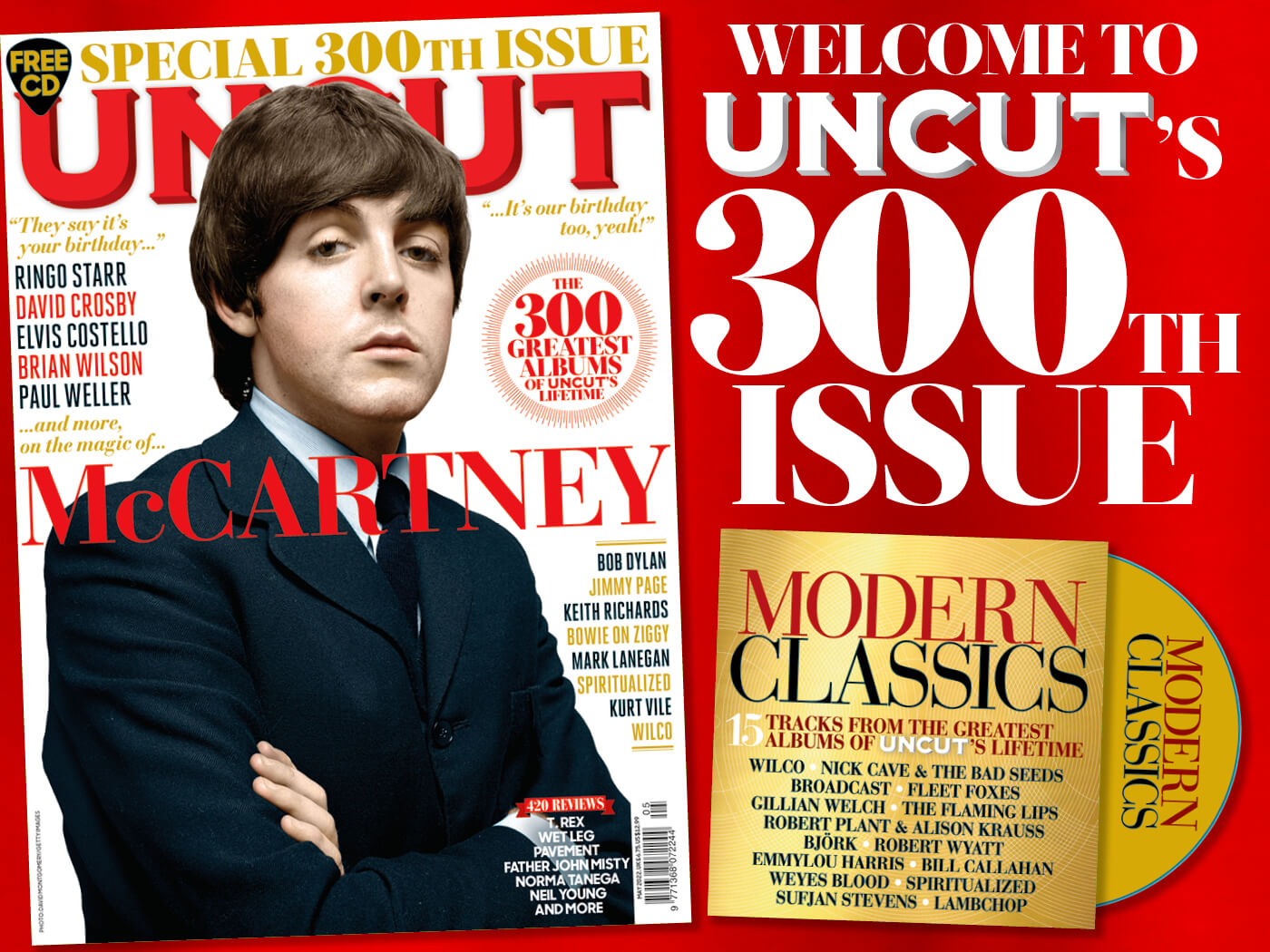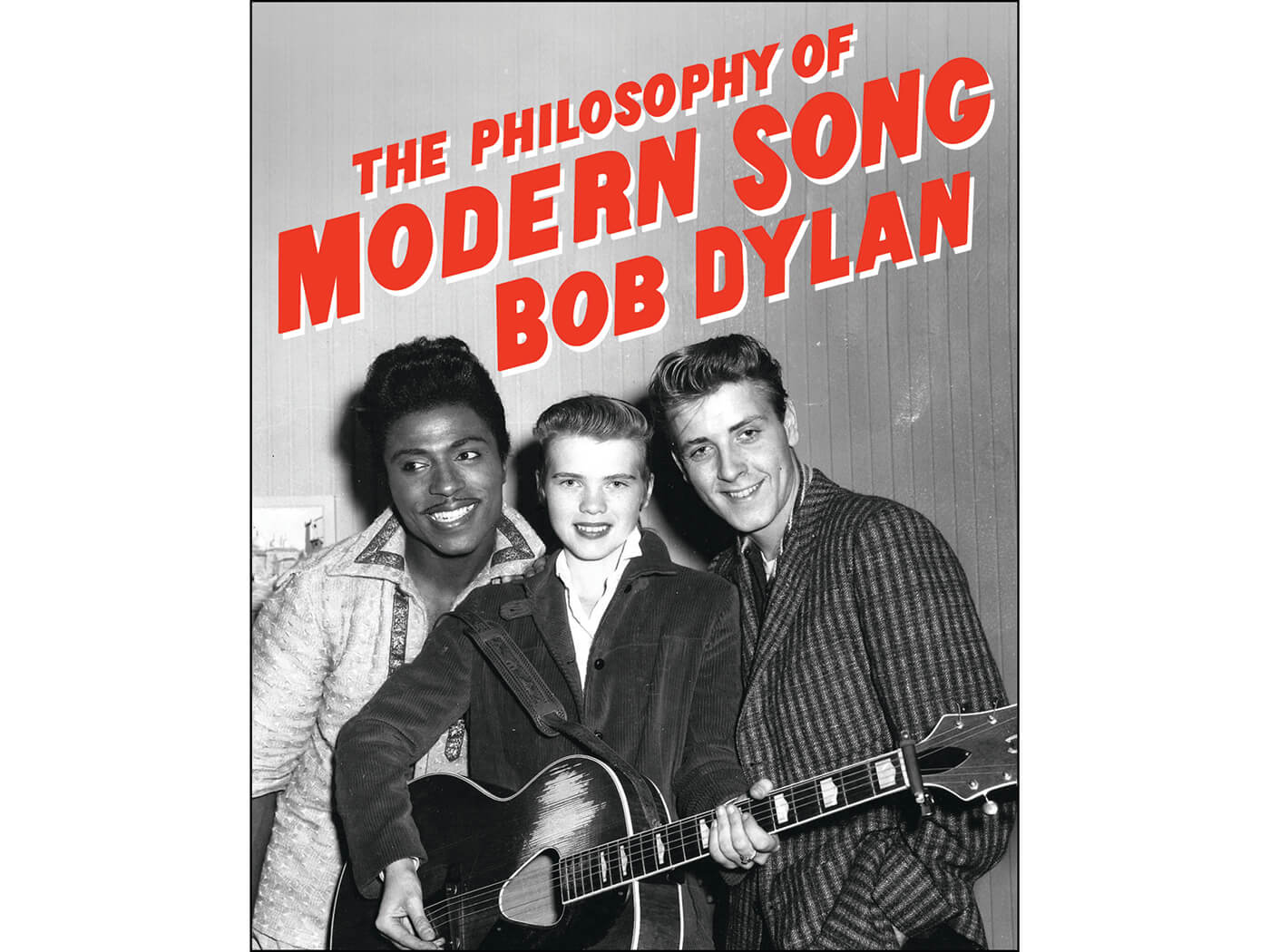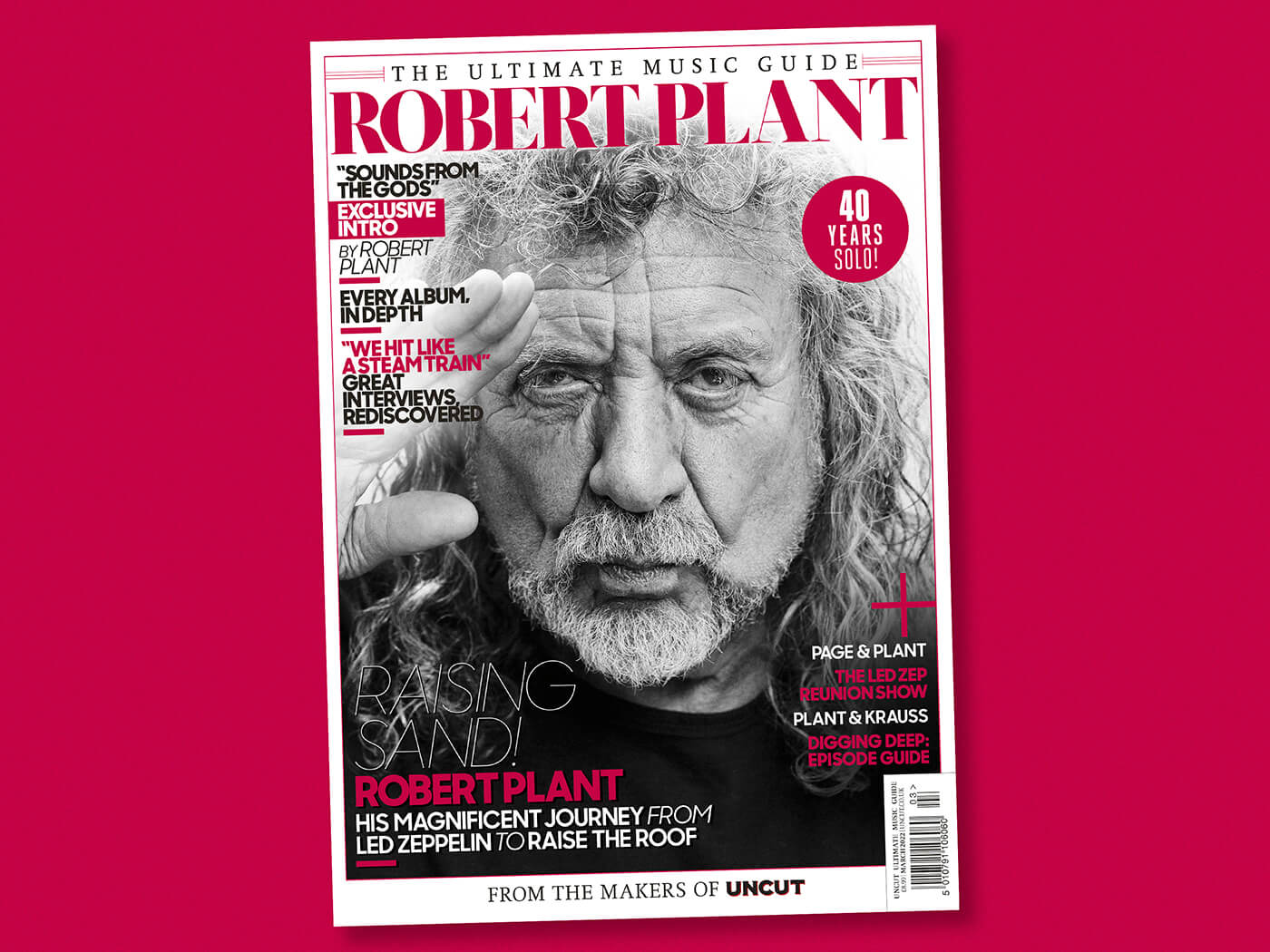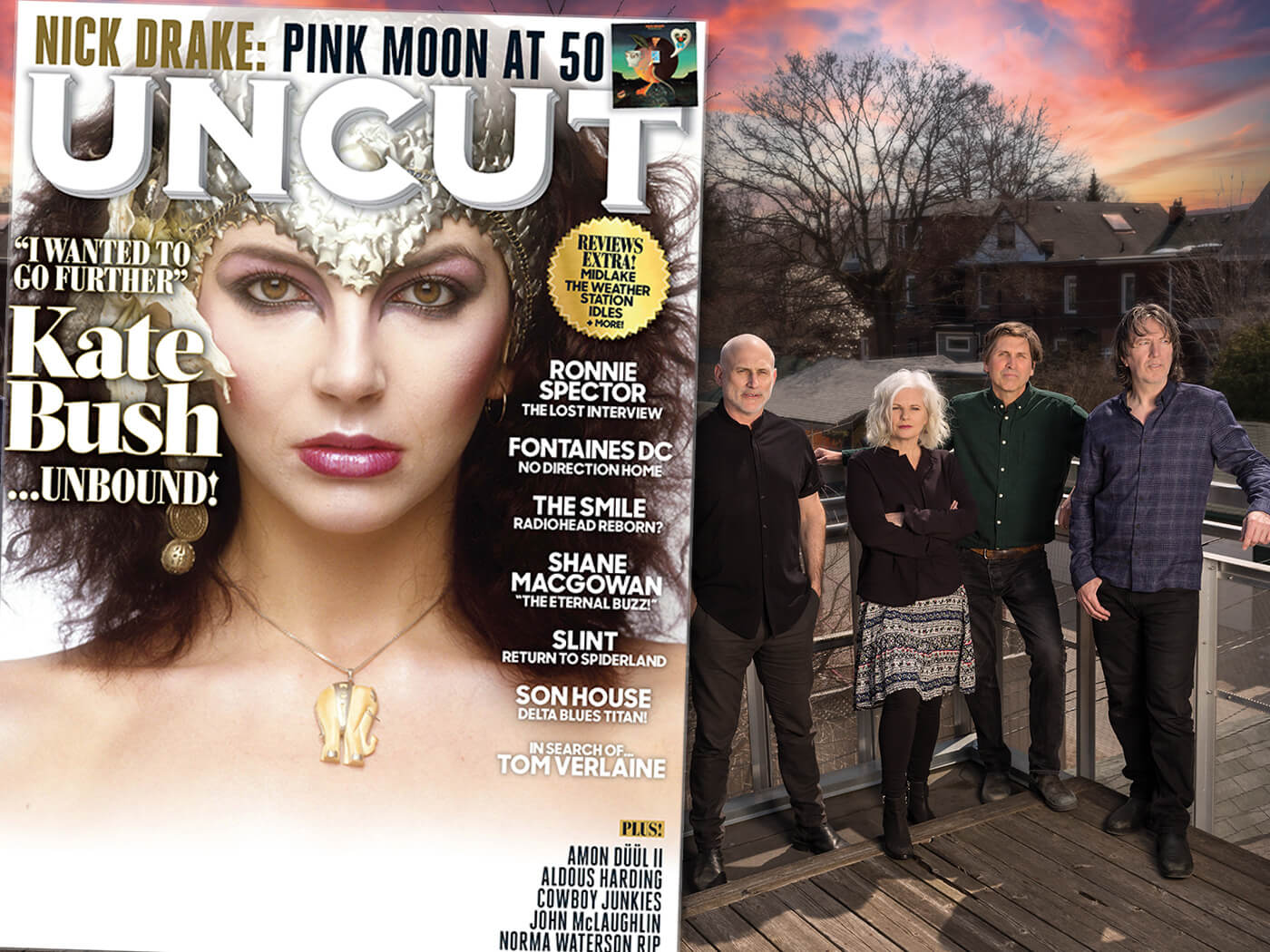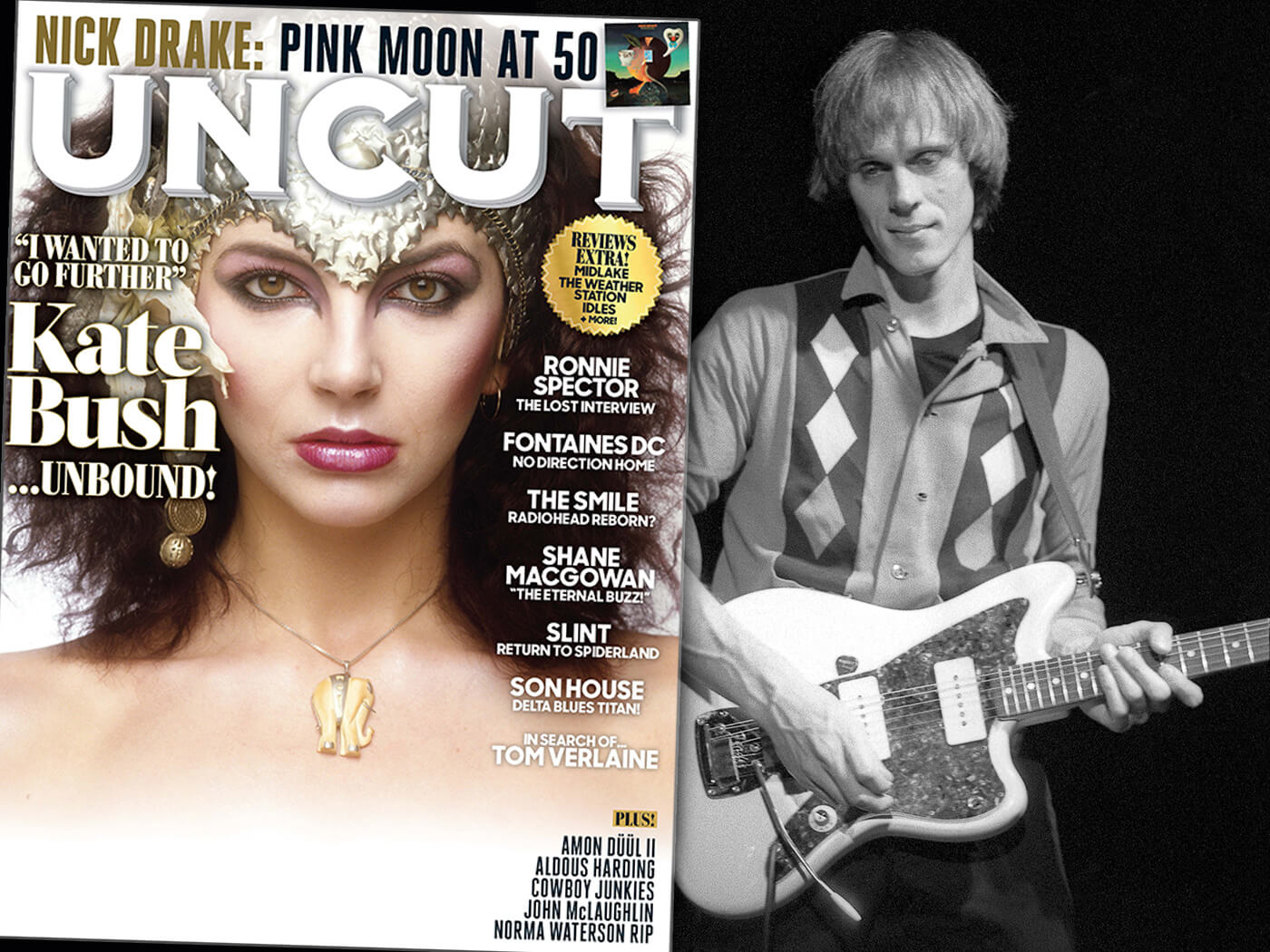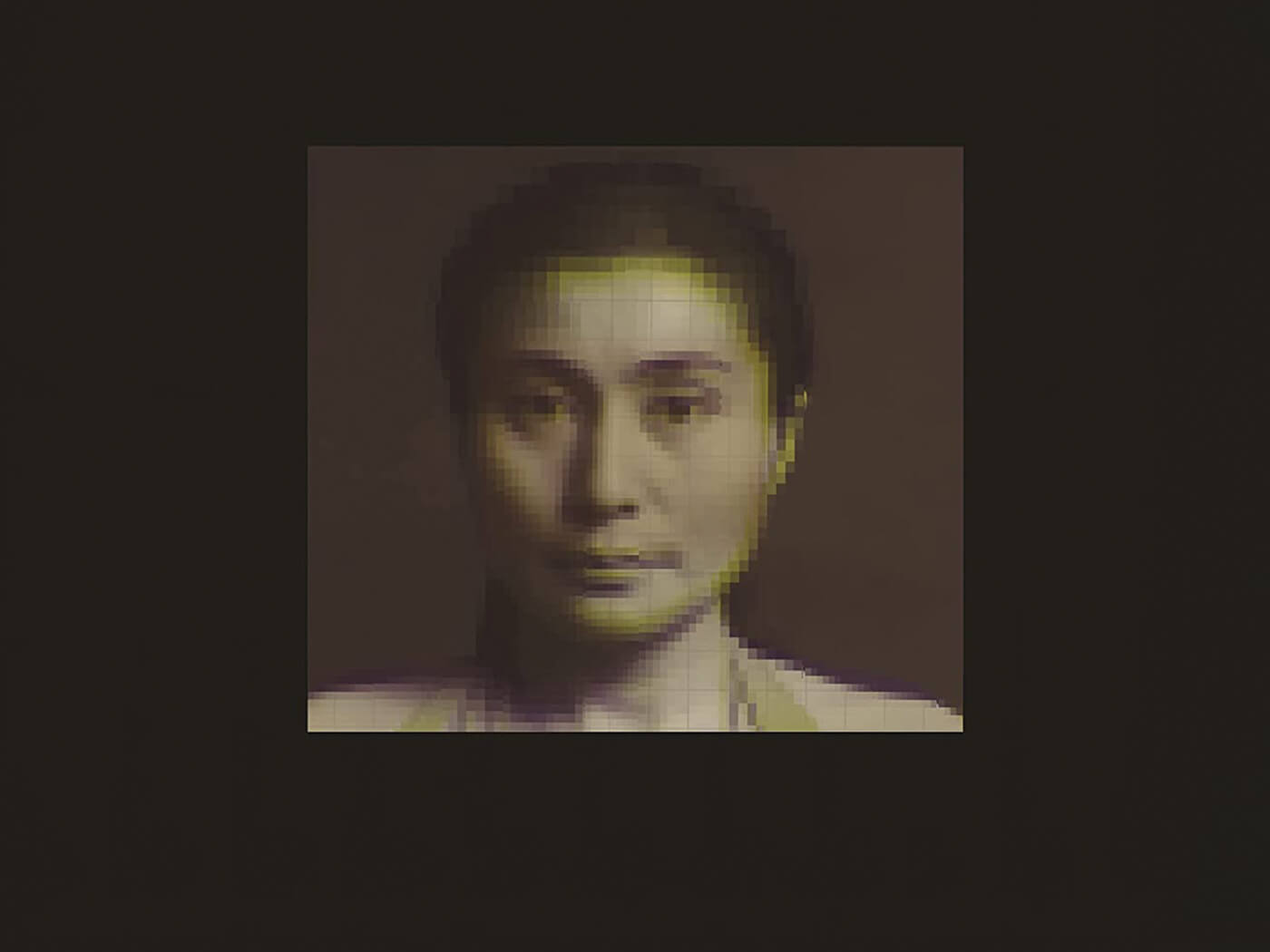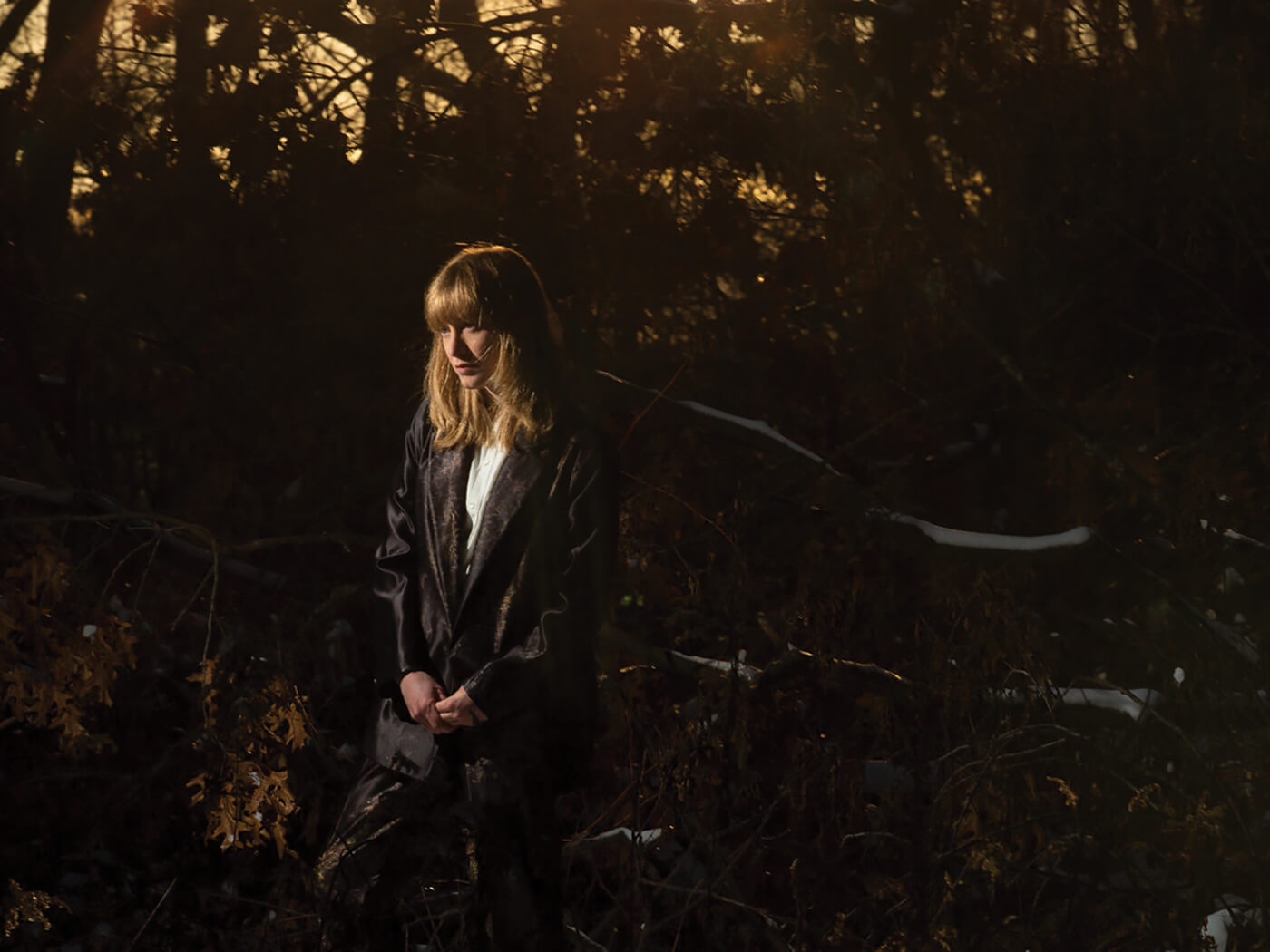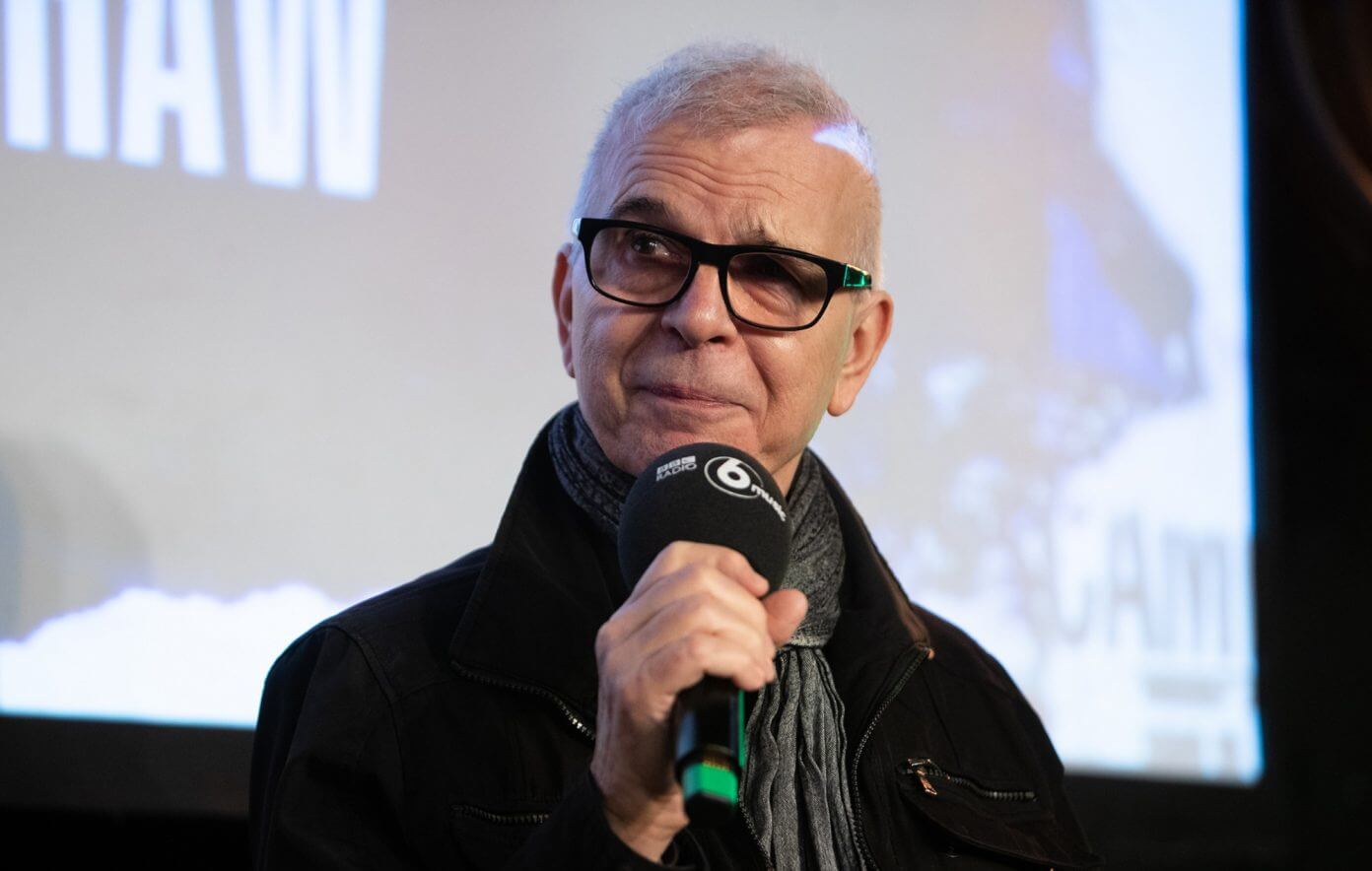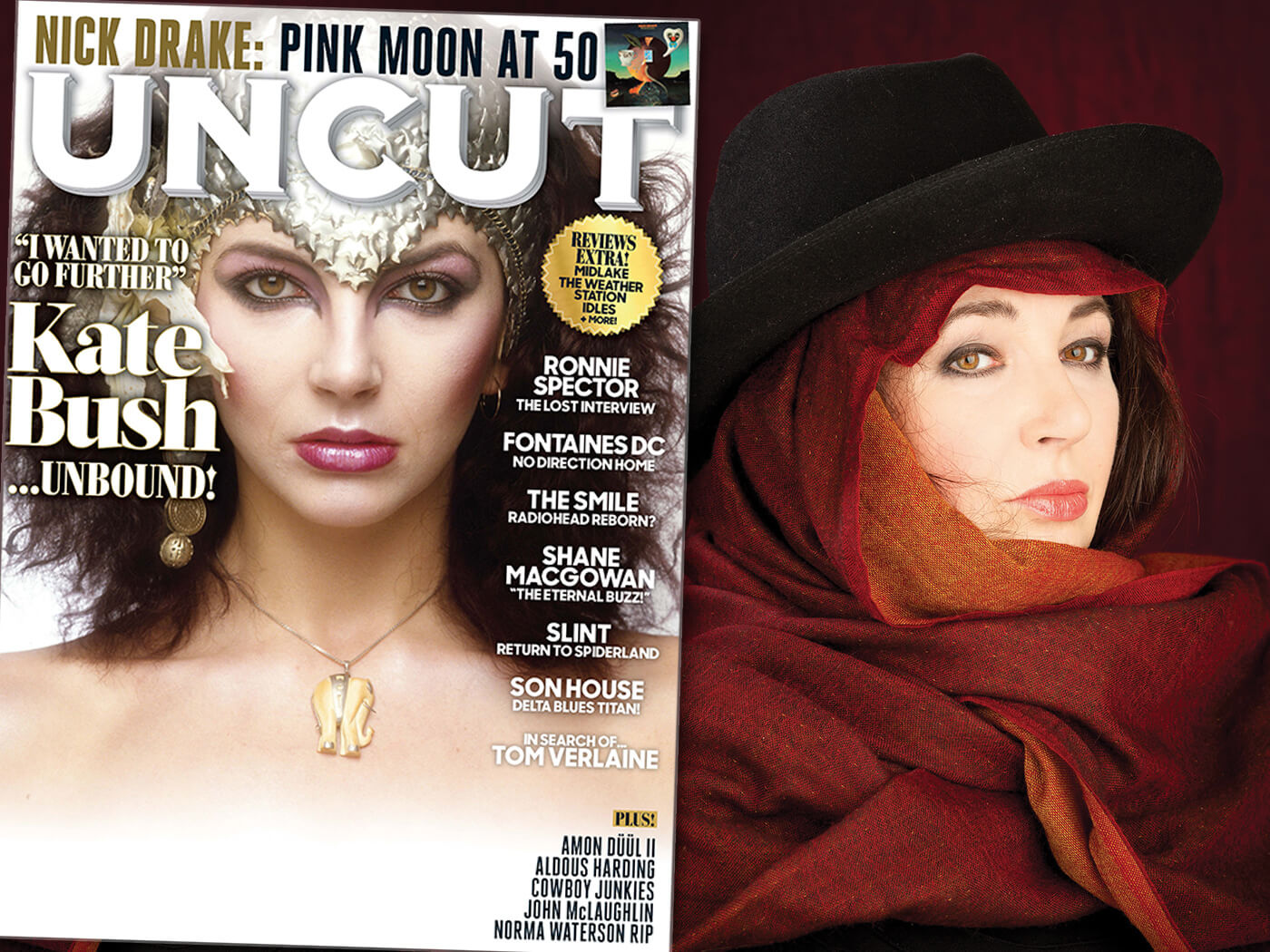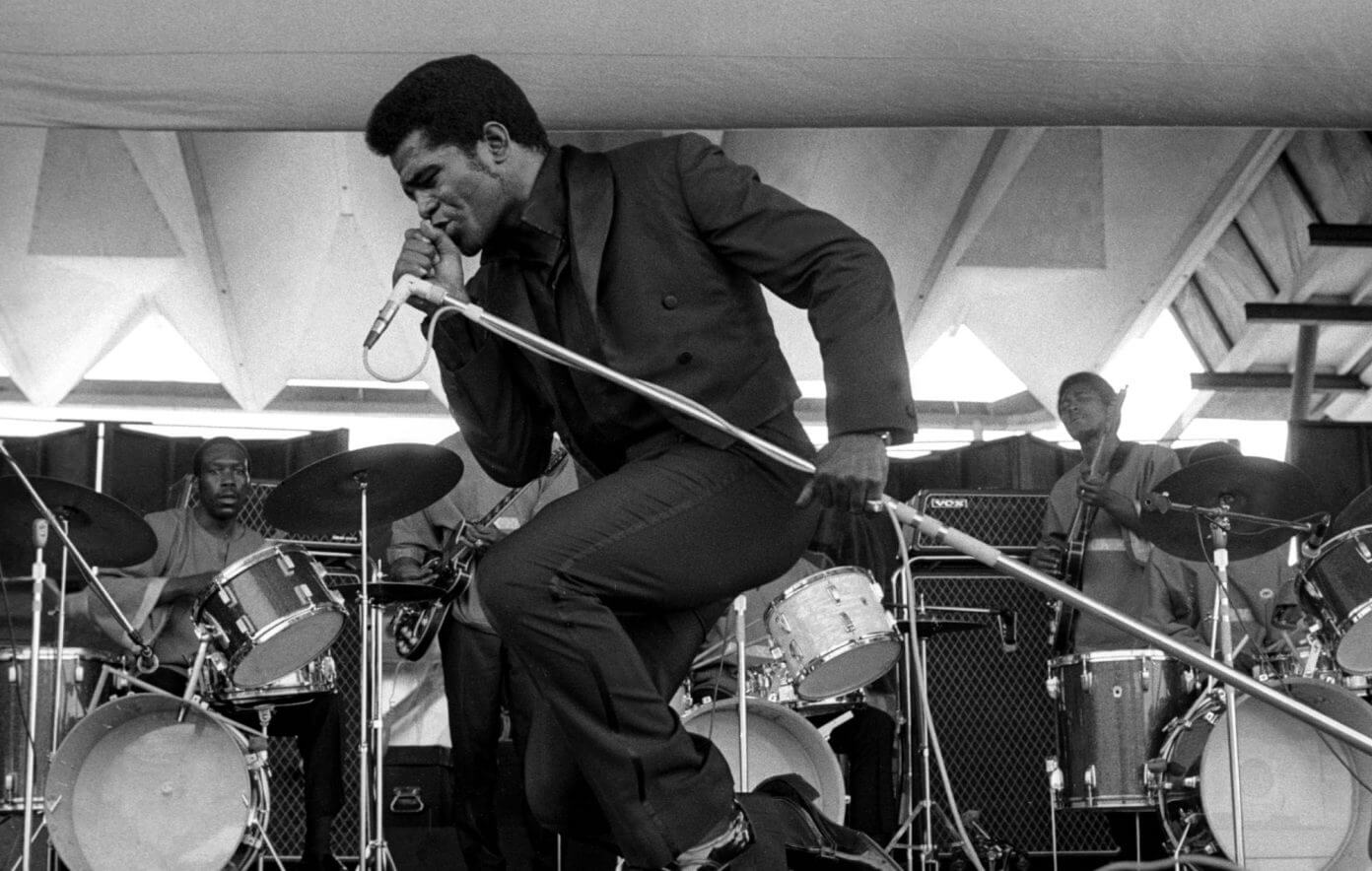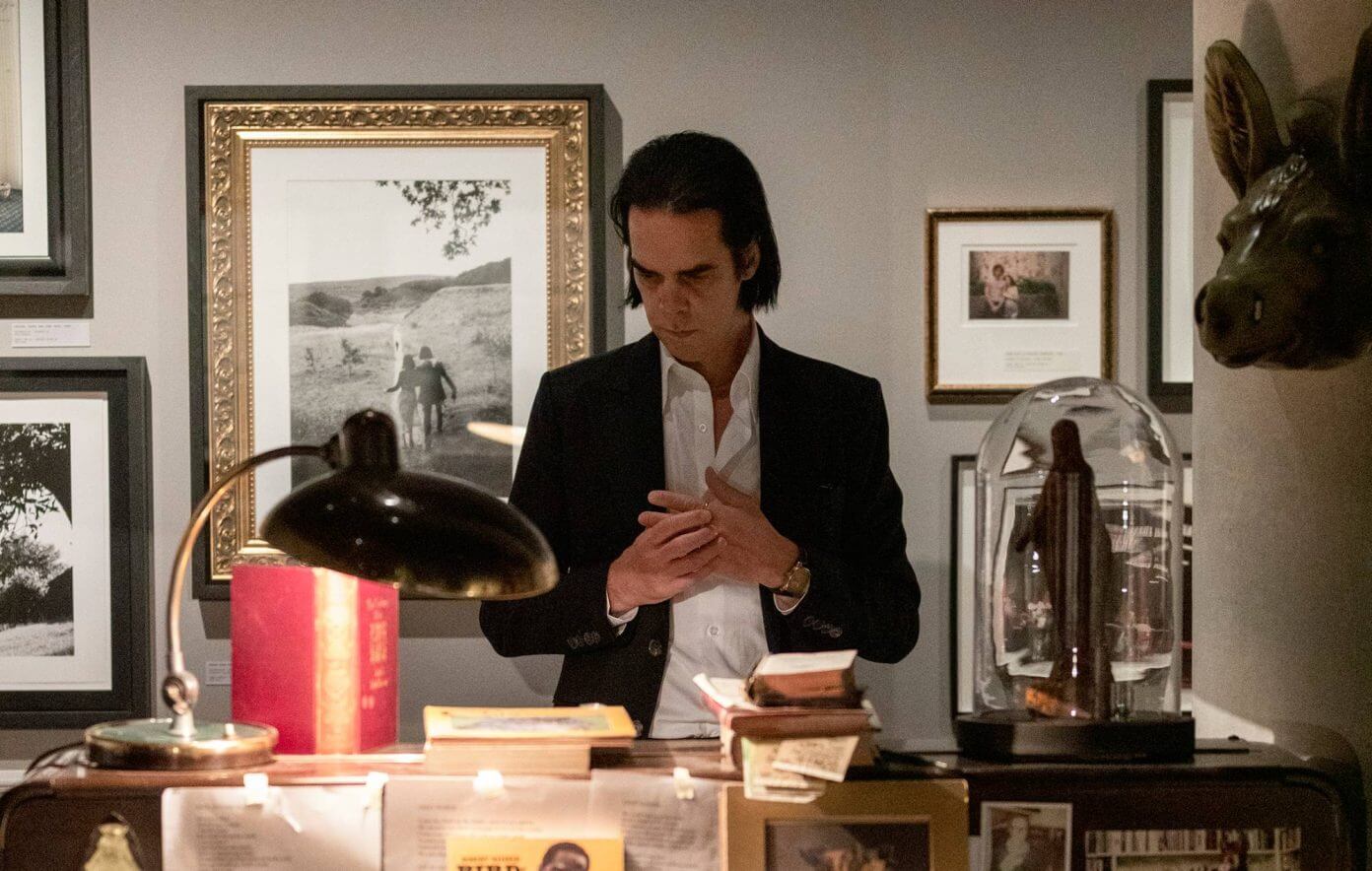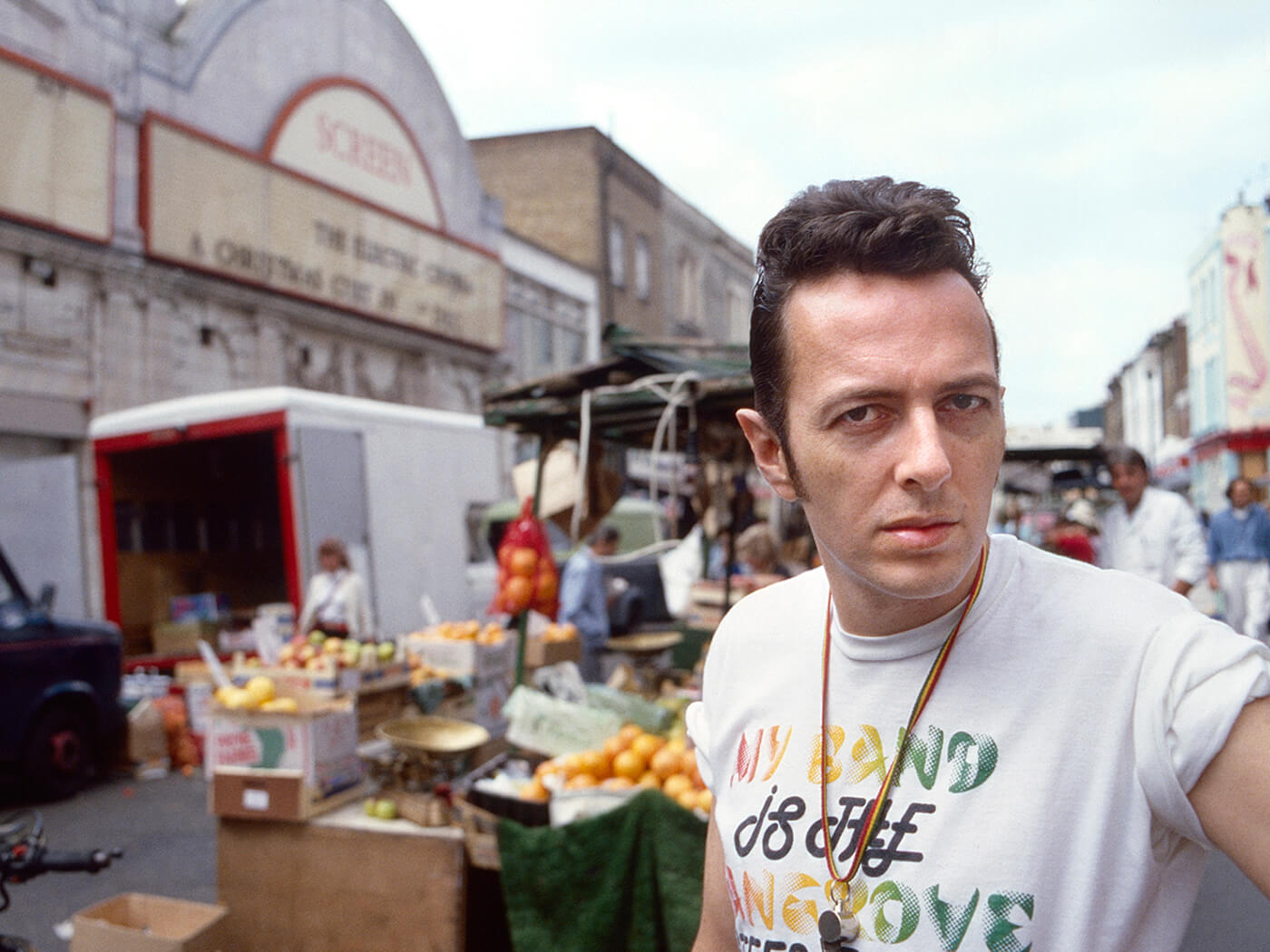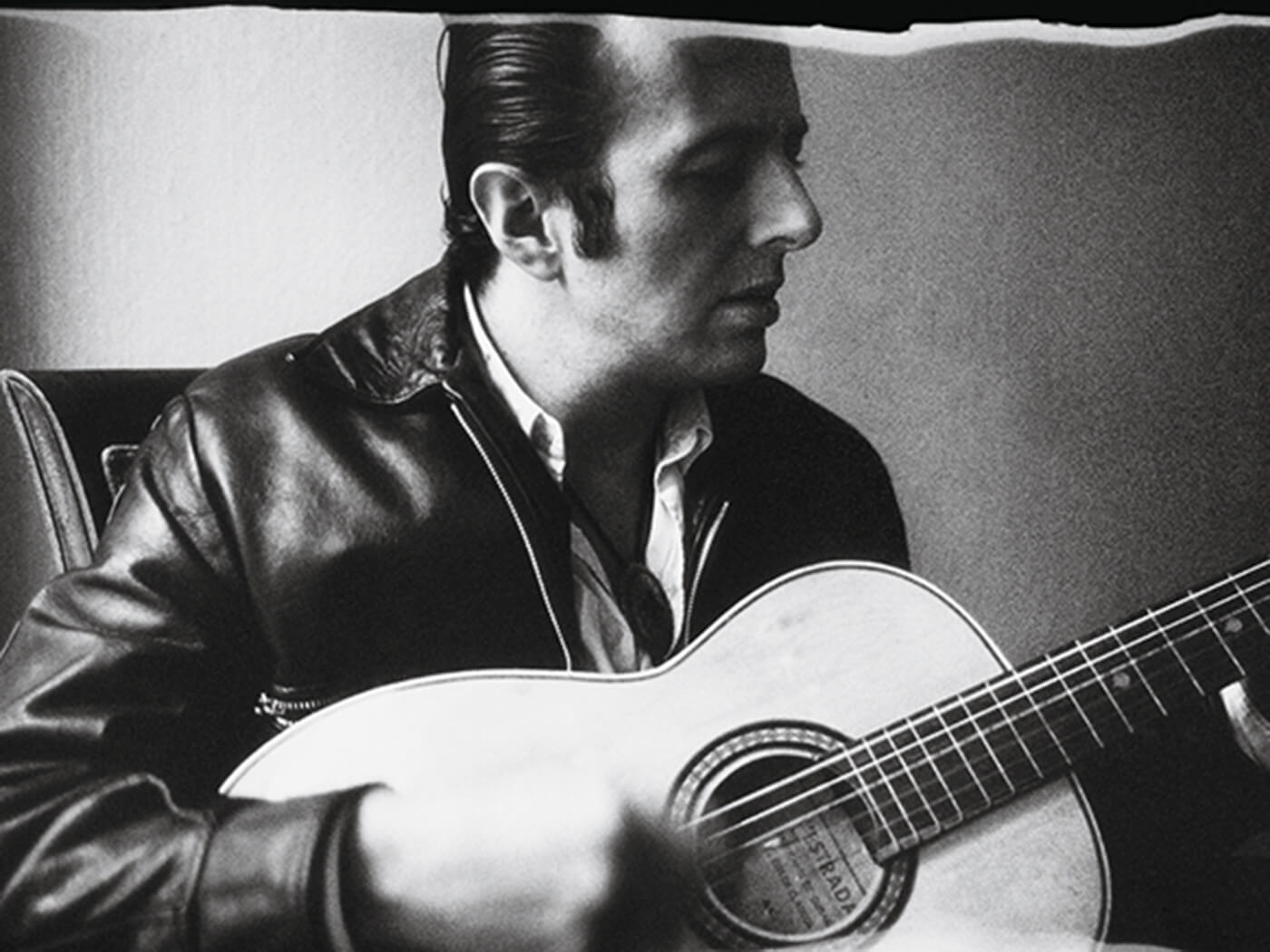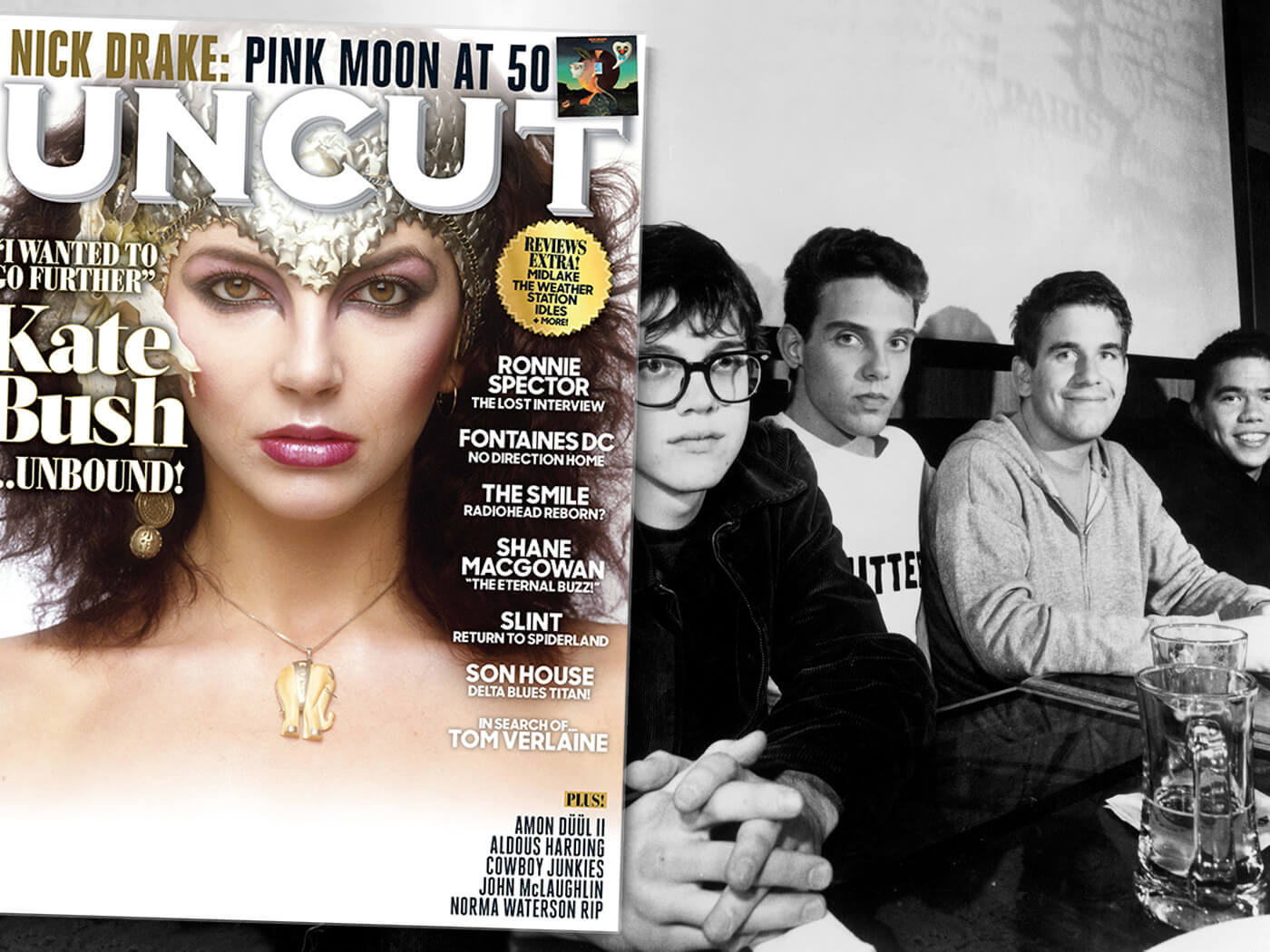Welcome to a very special issue of Uncut: our 300th, which is in shops next week but you can pre-order a copy now from our online store.
For the last few weeks or so, I’ve been looking back at the magazine since it first went on sale on May 1, 1997. While there have been some changes along the way – cosmetic, mostly – I’m gratified to see that some things remain constant. The emphasis on high-quality longform journalism, the imperative to discover new music and the commitment to unearthing untold stories that are evident in Take 1 all remain a critical part of what we do here, 299 issues later.
In our bumper-sized Take 300, we’ve chosen to feature some of our best-loved artists – from regular reader Jimmy Page to Bob Dylan, David Bowie, Spiritualized, Wilco, Low, Kurt Vile and our cover star Paul McCartney, who is about to celebrate a milestone of his own. A large part of the issue – 31 pages, no less – is occupied by a survey of the 300 best albums released during our lifetime. Readers with long memories will recall we did this once before, for our 150th issue. Running a new vote for Uncut 300 has allowed us to reflect a little on how far we’ve come, reminding us that while many of our favourite artists endure, we can also celebrate new things. Our free CD this month brings together 15 tracks from the 300 list: Uncut’s greatest hits, if you like.
A lot of this, of course, wouldn’t be possible without a number of people. I should thank my predecessors, Allan and John, who in no small part helped us get this far. To the current Uncut team – John, Marc, Tom, Sam, Mike, Michael, Phil, Mark, Johnny and Lora. And a special thanks to Mick, our doughty Production Editor, who carries the dubious distinction of having worked here, along with me, since that very first issue.
Critically, though, I should thank you, the readers, without whom we wouldn’t be here at all. It’s heartening that, 25 years later, such a large number of you value a monthly music magazine like Uncut. On behalf of all of us, to all of you: sincere thanks.
I’ll leave you with a quote from Keith Richards, another reader, who says on page 8: “See you for your 600th issue!”


